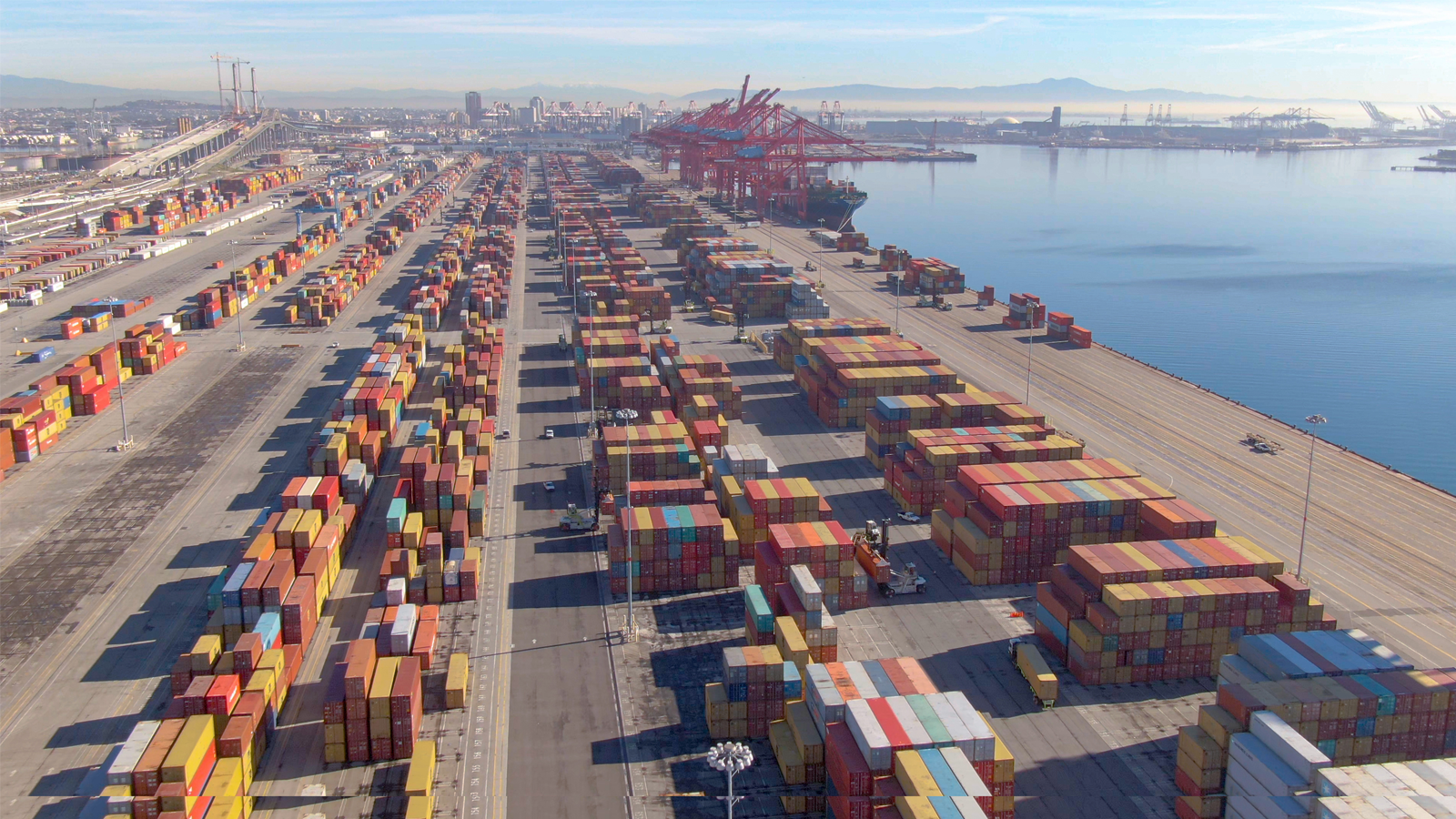By Kharon Staff
September 22, 2022
On Monday, the U.S. Department of Homeland Security’s Customs and Border Protection (CBP) said that in August they targeted hundreds of millions of dollars of imported goods for the suspected use of forced labor in their production.
This week’s announcement was the first time CBP has published such numbers since the Uyghur Forced Labor Prevention Act (UFLPA) became effective on June 21 of this year. The UFLPA was signed into law by President Biden in December 2021.
CBP disclosed that in August they targeted 838 import entries valued at more than $266 million USD. While CBP indicated that the targeted goods included items subject to the UFLPA and Withhold Release Orders (WROs), they did not provide a breakdown of the items detained or points of origin.
The U.S. Government typically does not publicize specifics of seizures that may have resulted from withhold release orders or findings.
"These stats are not surprising, they are the expected result of CBP devoting significant resources to forced labor compliance, to the point where it seems like it has become CBP’s top enforcement priority," said Richard Mojica, Lead of the Customs and Import Trade practice of Washington, DC-based law firm Miller & Chevalier and a former CBP attorney. Mojica continued, "Keep in mind that CBP’s FY2023 budget requests over $70 million in increased funding to help manage its 'significant increase' in workload due to the UFLPA, including by hiring 300 additional positions to help with enforcement."
Under the UFLPA all goods or materials originating from Xinjiang are presumed to be made with forced labor, thereby being restricted from entry into the United States. CBP can deny entry of goods imported from third countries if the imported product contains materials believed to originate from Xinjiang. The UFLPA requires that the importer of such goods present “clear and convincing evidence” that the imported items were not produced using forced labor.








